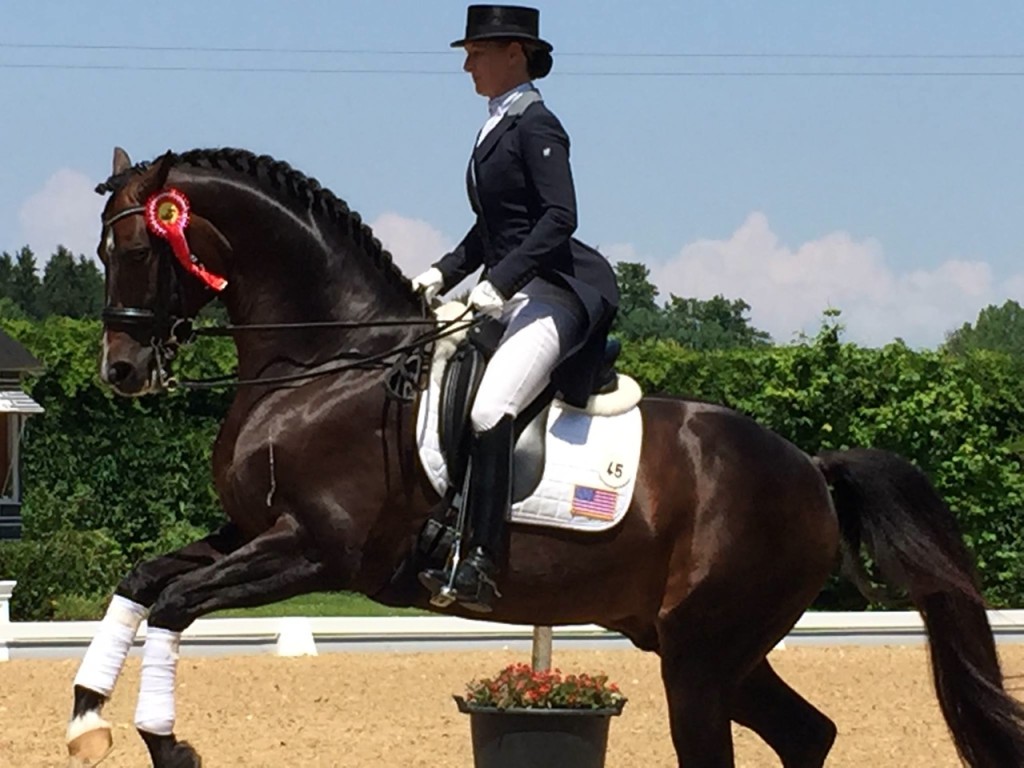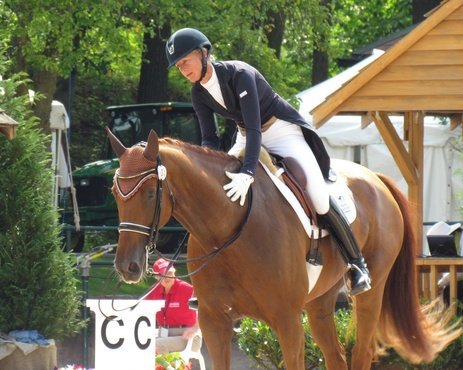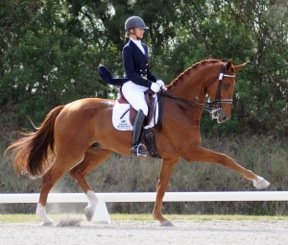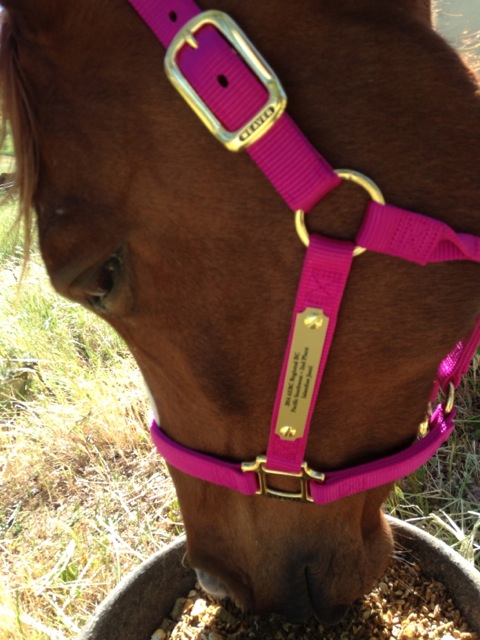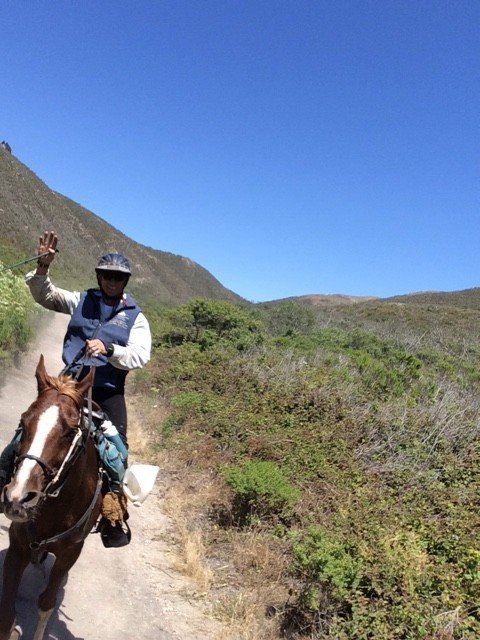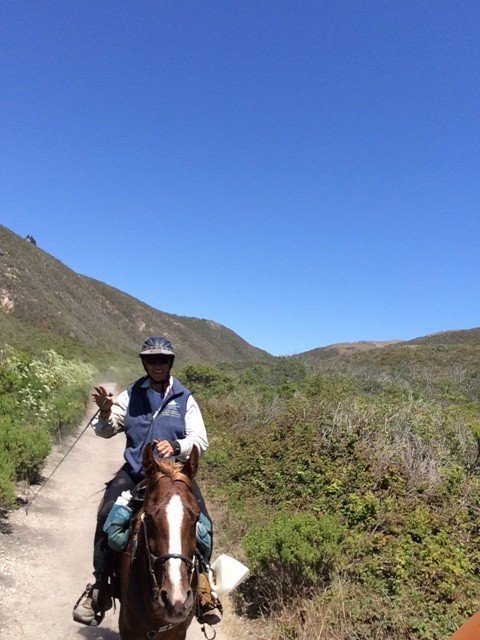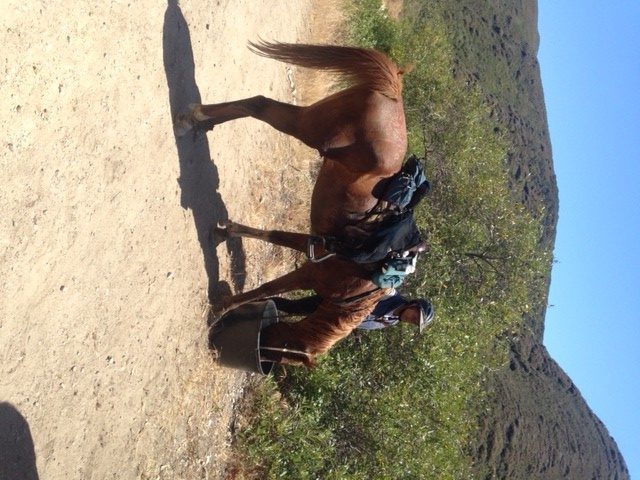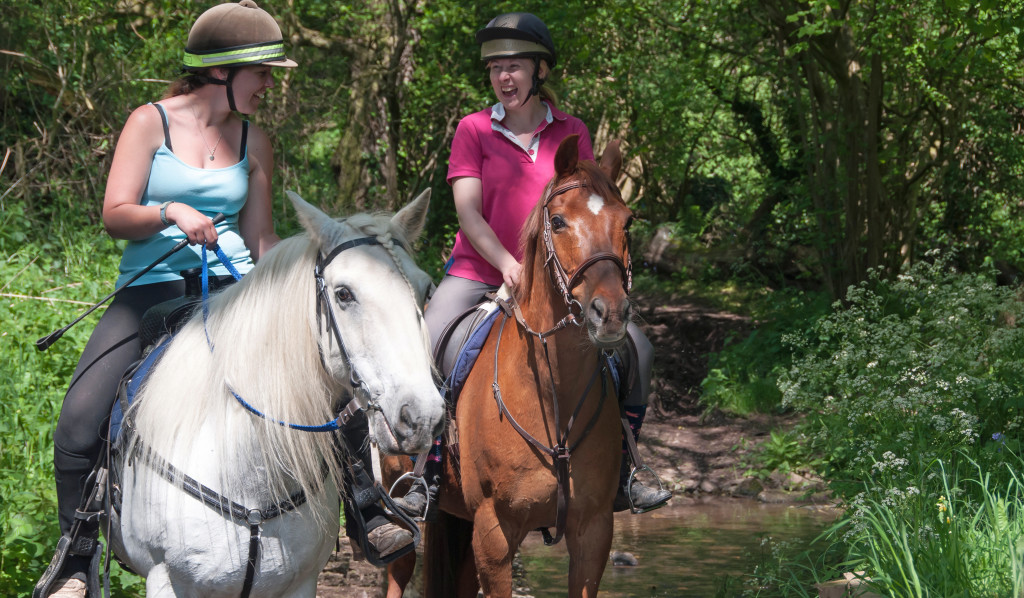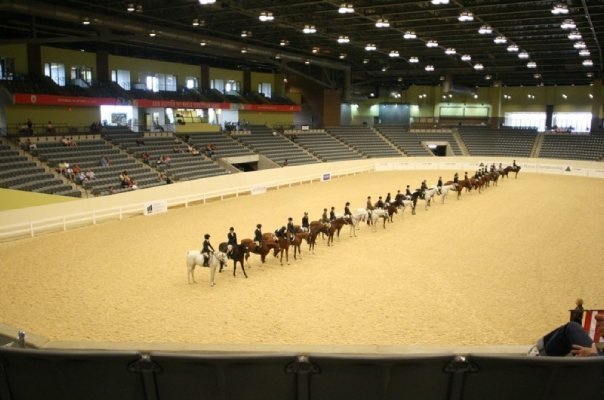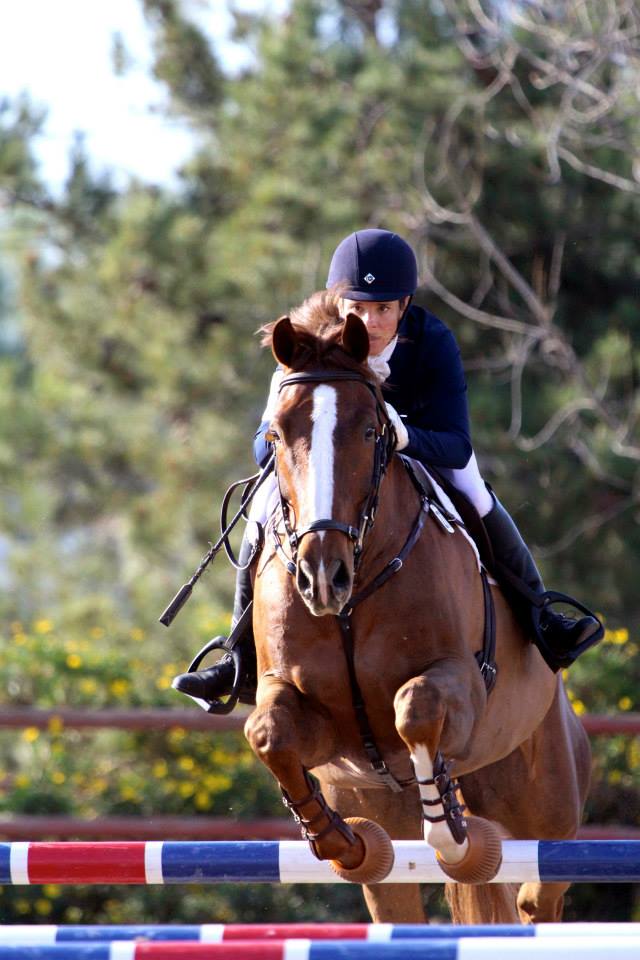A Note of Thanks from Sabine Schut-Kery
Guest post from Sabine Schut-Kery.
Sanceo is finally settling back in at home after our amazing trip to Europe! A huge thank you to United States Equestrian Federation (USEF) and USET for this opportunity to the U.S. riders! Jenny Van Wieren Page, Hallye Griffin, and Dr. Mitchell, thank you for taking such good care of us and our horses! The support from everyone on this trip was incredible and everyone was in great Team Spirit and made this trip so fun!
Robert Dover and Debbie McDonald, you both rock as always. Thank you for sharing your knowledge, experience and encouragement! I learned so much in so many ways! I am beyond thrilled that Sanceo and I made it on the U.S. Team for the upcoming Pan Am Games in Toronto.
There is a whole team behind this that I am so grateful AND thankful to. Dr Mike Heitmann AND Alice Womble and everyone at Horsegate Ranch, you have believed in us from the very beginning! Carmelin Zavala, the best groom ever, who has cared for Sanceo since he came to me as a three-year-old. Jackie Rogers and Angela Garfinkel, for keeping everything organized at home! My long time coach, trainer and friend Christine Traurig, who has guided us every step along our journey!
My vet, farrier and physical therapist, who keep Sanceo in world class condition! A heartfelt thank you to Samira and Claudia, who helped me with Sanceo during this trip and in Munich and Achleiten! Steffen Peters and Johann Hinnemann Krüsterhof Hinnemann, who shared their valuable knowledge and insights during training sessions while we were at Gut Ising!
Thank you also to my sponsors, who enable me to provide the very best care and equipment for my horses and myself: Barbara Horseandrider, Samshield America, Grand Meadows, LUXE Heavenly Bodies, Custom Saddlery, MDC Stirrups and Hermes of Paris!
I have so many more friends who have touched my life and encouraged me along the way. I hope you know how much I appreciate you! Here are some more pics from our last show in Achleiten.

